How does it feel to be a 70+ year-old mountain biker? Passing “mile marker 70” is not for the faint of heart. But does it have to suck?
No.
As you age, it’s critical that you have a focus, an objective…your own personal “why.” Are you riding to be a competitive racer? Riding purely out of habit? Or do you simply want to hit the trail with your buddies a couple of times a week, then go for a coffee? Without a “why,” it’s very easy to lose the discipline to ride. Based on my own experience, here are five key tips for keeping your odometer spinning past 70.

Keep up the intensity
Cyclists and runners have known for years that interval training (HIIT, or High Intensity Interval Training) is a sure-fire shortcut to gaining and keeping fitness. And those benefits work just as well for 70-year-old+ athletes. Harvard Health Writers Jeanette Restivo and Dr. Robert Shmerling state that older adults, even those with compromising conditions or those who haven’t been all that active lately, can benefit from a HIIT workout:
- Warm-up of low intensity movements that target the same muscles as your intended workout (stretching, spinning, marching)
- High-intensity intervals where you increase your speed, resistance, or climbing to maximize your effort
- Recovery intervals, equal in length (or longer) than your high-intensity intervals
- Cool down with light activity, similar to your warm up exercises
Fortunately, mountain bike rides, particularly cross-country rides, have built-in intervals with punchy climbs and moderate descents. As you build fitness, you can increase your speed or gearing to increase the intensity. But with that increasing intensity, you also have to allow for…
Take more time to recover
How do you know if you’re overdoing it? Check for signs of overtraining. For example, if you can’t reach your normal baseline heart rate, or you have several consecutive days of fatigue, you could be over doing it. In those scenarios, back off, and switch to an active recovery activity like hiking, walking, or swimming for a few days. At 50, 60 and 70, your need for recovery days can increase dramatically. It’s really difficult to stay off the bike when the weather is nice, but my personal “why” is maximizing my enjoyment of singletrack. My quantity of hours on the bike has definitely decreased, but the quality of my rides keeps getting better. Part of that is because I’m more appreciative of those rides. Gratitude supplements the endorphin hit.

Set realistic expectations around injury and health
Yes, things – seemingly ALL THINGS – slow down with age. Broken bones don’t knit as quickly as they did in your Forties. Joints do indeed need replacement. Accidents happen. And, by the way, you have a 70-year-old heart. It’s hard to hear, but if you’re at all active, aging will show that you sow what you reap.
When you encounter a setback, setting realistic expectations is key to staying focused, patient, and not rushing into full-on intensity. Follow your doctor’s and physical therapist’s orders to a “T” and you’ll see the best results. Full disclosure: getting things “fixed” will not return you to your 40-year-old (or even 60-year-old) body. You’ll realize a “new normal” for what intensity, resistance and duration look like. Here is where the Spirit of Gratitude takes the sting out.
There’s one more consideration that’s particularly acute for older athletes: your mental/ emotional health. Being kept from your usual activity level can bring crankiness, lethargy and even a full-scale depression. Look for other alternative activities (that contribute to, rather than hinder, your physical healing) to keep your mind focused on the fun to come and while also bringing gratitude.

Keep adapting to new realities
So, how to go forward? What changes can you make to your bike, your ride, your body to keep on pedaling? For one thing, we are lucky to be in the era of ever-improving eBikes. As joints continue to age and strength continues to ebb, an e-assist can certainly be a helpful companion on the trail. A bad hip showed me that I no longer have the pure strength to clear certain quick climbs anymore, and it’s in situations like this where eBikes shine. A clavicle-demolishing crash came on a lithe dual-suspension speedster so my thinking (still unproven, but it’s always fun to buy a new bike) is to slow my roll a little. I’m now on a fat bike. It’s a blast to ride and while, no, I can’t keep up with some of my riding partners, I’m not-so-secretly having more fun.
Don’t slack on nutrition and healthy habits
And with each fresh orbit of the sun, good nutrition becomes crucial. A daily level of protein of 1 gram per kilogram of body weight, limiting refined sugar and alcohol, and not smoking are essential to maintaining your performance goals as you age.
Your mileage may vary
Yes, there are a few riders out there in their 70s (and perhaps even their 80s) for whom much of this does not apply. For the enthusiast septuagenarian rider who is NOT a freak of nature, I say, “Keep your eye on the prize.” Research shows that those who exercise regularly live longer than their sedentary counterparts. That’s true for mountain biking, running or road cycling, along with other pursuits. Adding longevity to fun definitely does NOT suck, right?
The most successful modification you can make to your ride as you reach – and pass – the 70-year mark, is a change in your attitude and expectations. It’s no longer the speed, the distance, the terrain… it’s being on the bike, feeling the trees and sky and water and reveling in your inner 12-year-old, enjoying the freedom and release that being outside and challenging yourself (within your new limits) brings. All it takes is to identify your own personal “why”.













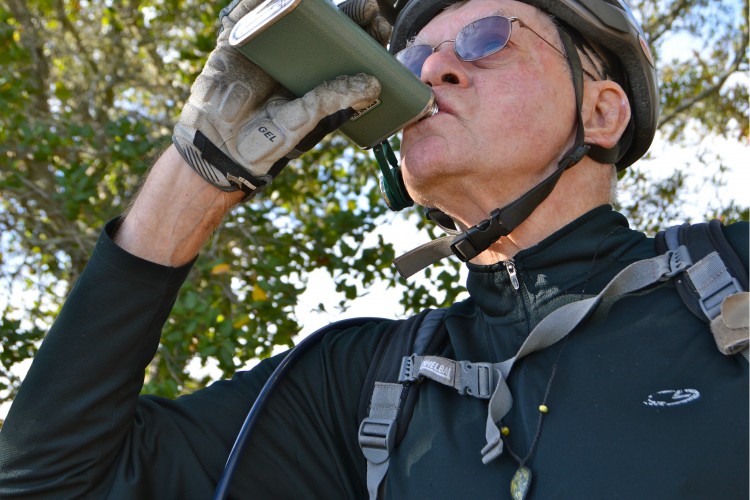



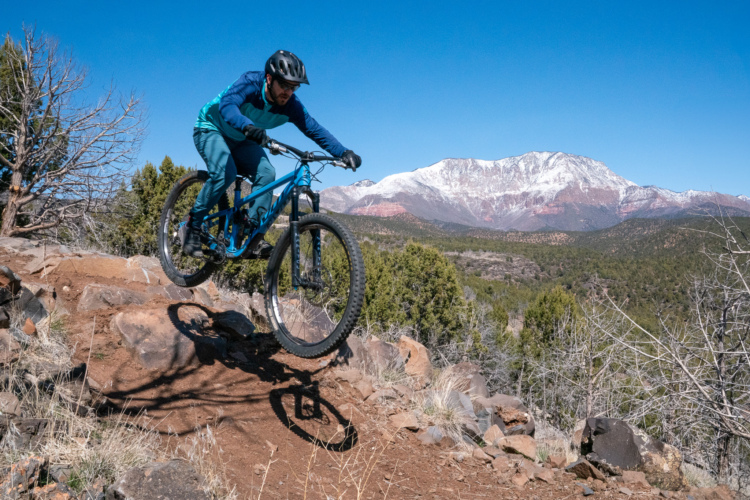
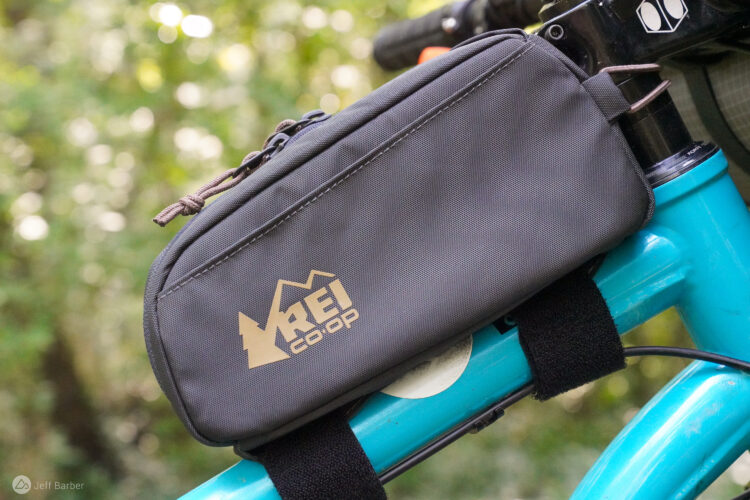
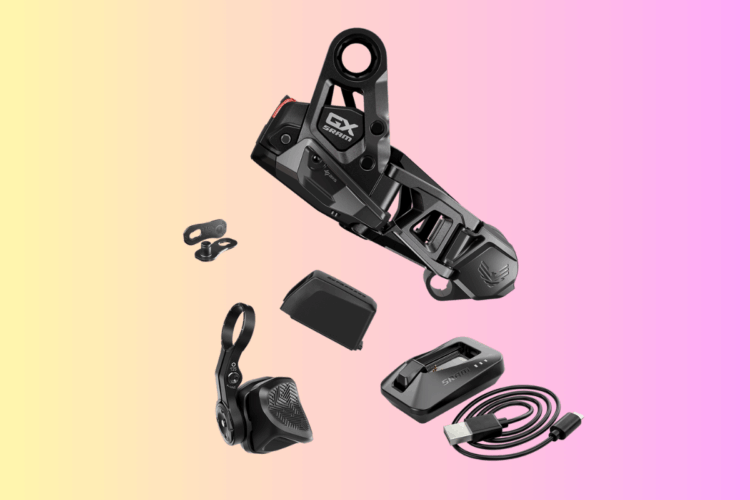
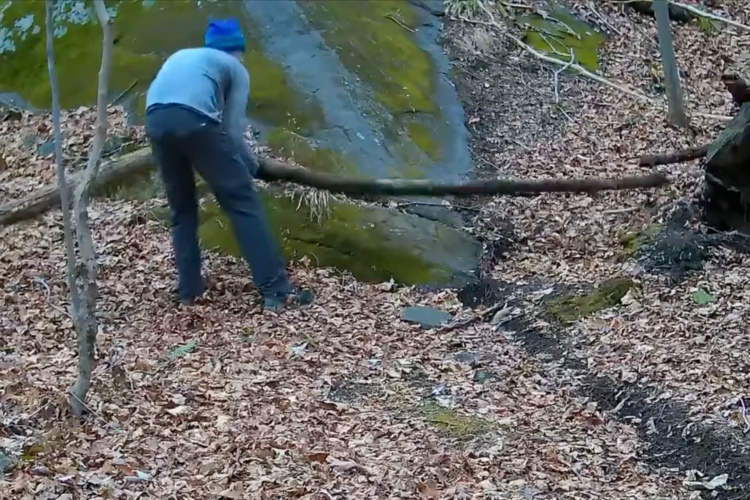

23 Comments
Nov 9, 2024
One other thing I feel needs to be stressed regarding riding into older age is: a community of like-minded souls. This support group will add fun as well as the discipline needed to age gracefully into the years to come. Ride on...
Nov 10, 2024
Nov 9, 2024
Nov 10, 2024
Nov 9, 2024
Nov 9, 2024
Nov 11, 2024
Ride safe!!
Nov 10, 2024
Nov 8, 2024
Nov 9, 2024
Nov 9, 2024
Nov 14, 2024
I am in heaven! I can do 18-22 mile rides on mountain trails in around 2 hrs max and burn a minimum of 1000 - 1200 calories! I ride 2-3 times a week. I am in better shape then when I used to compete!
FYI, changing from acoustic (reg) MTB to ebike just reduced by overall calorie consumption only around 10%. But increased my enjoyment 100%. No more hike a bikes!
It does help that I can roll out of my house and hit the trails at New Hogan Lake in 300 yds.
Keep on pedaling! In this sport we all win!
Rick
Nov 26, 2024
Nov 10, 2024
Nov 9, 2024
Nov 16, 2024
Nov 14, 2024
zone 2 training (I run for zone 2/3) workouts. I religiously stay out of zone 5. That's not a place to be at an advanced age for long periods. Ask your cardiologist.
machine constructed flow trails. I am just sick and tired of the old, converted hiking trails. In the east this means miles of constant hammering from rocks, roots, etc. It's fine in limited amounts, but at my age. I'm sick of it.
strength training. 3x a week. Using resistance bans, picked up from several PT sessions due to mtb injuries, really work.
light bike. Went all-carbon. No regrets. I can do climbs I could not do when I was 45. No problem at 64.
The new bikes geometry is so good. Makes it so much easier. Underrated.
You don't need an ebike, yet.
Nov 15, 2024
Nov 9, 2024
Nov 9, 2024
Nov 12, 2024
Nov 9, 2024
Nov 10, 2024